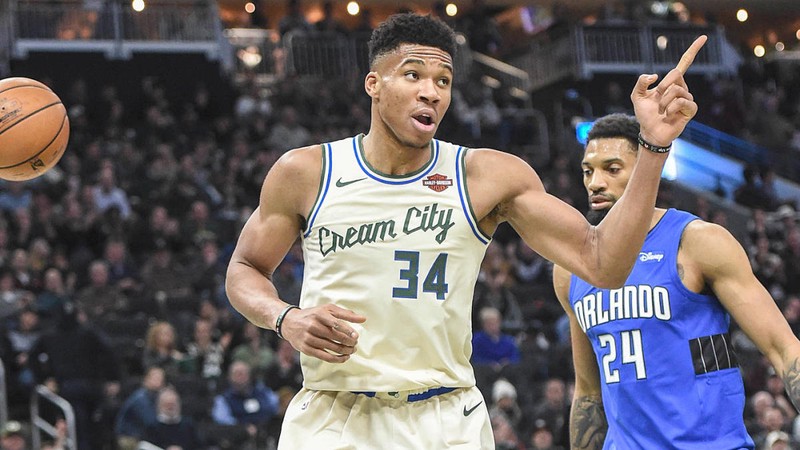
Basketball is easily one of the most riveting professional sports to bet on. For starts, it’s a sport that’s grown so popular because of the NBA’s large following, and it’s where the most revered athletes in the world reside. But apart from that, it’s the high-score nature - reaching 200 and beyond - that makes the sport really engaging.
That’s why betting against the spread in the NBA is an exciting and rewarding choice for most bettors, especially this season if you take a look at the NBA 2020 Midseason ATS Report. In case this doesn’t ring a bell and you’re wondering how this betting format works, don’t worry, I got you.
What does ATS mean?
As mentioned above, ATS simply means “against the spread”. The spread pertains to the margin of victory that oddsmakers set for a particular game. In this case, the favored team gives points, and the underdog receives points. The former wins if it manages to cover the spread given by the oddsmakers, while the latter wins if it becomes the outright winner, or loses by a fewer points. If you’re familiar with point spread betting, then this format basically means to go against the odds.
Which teams have the best overall ATS record?
Several teams have maintained statistically better ATS percentages than the others over the years. Some of them include the Boston Celtics, Philadelphia 76ers, Miami Heat, and Indiana Pacers. This season is quite different though. According to the NBA 2020 Midseason ATS Report, the Celtics kept their spot, but they are joined by Oklahoma City Thunder and the Milwaukee Bucks.
Should you bet ATS this season?
Every NBA season is an opportunity to bet against the spread. It’s all about finding the right teams and the right circumstances to do it. The question we should be asking here is, how do you pick against the spread? Not an easy task. But a few things you can consider is of course 1) looking into the NBA 2020 Midseason ATS Report to know which teams are winning, are on a winning streak, or aren’t doing that well in the spread, 2) checking the latest NBA odds in the market, and 3) tracking other factors like injuries and days off.
Comments